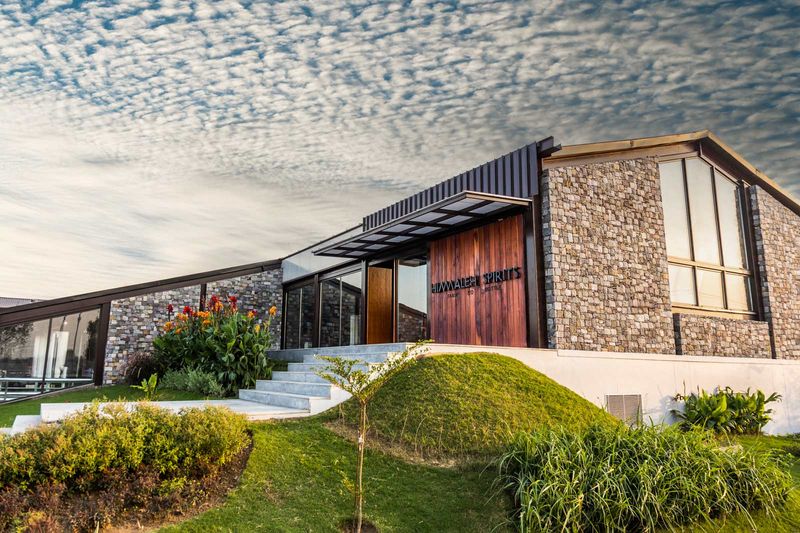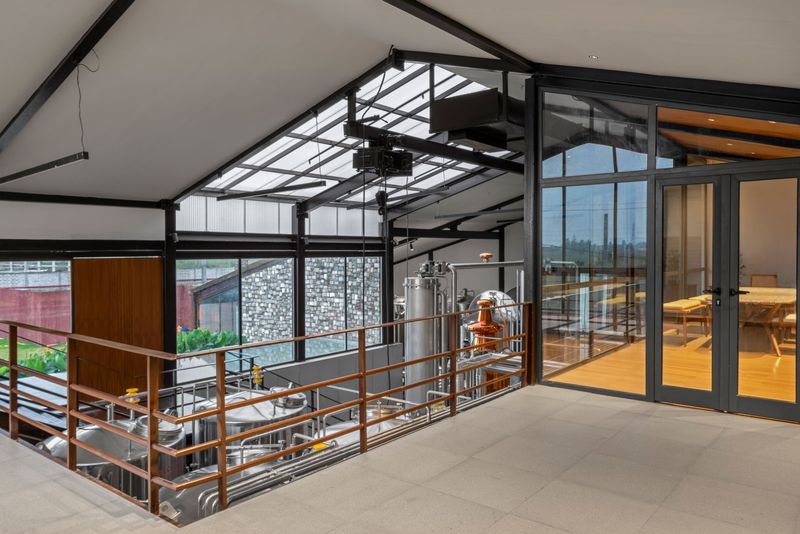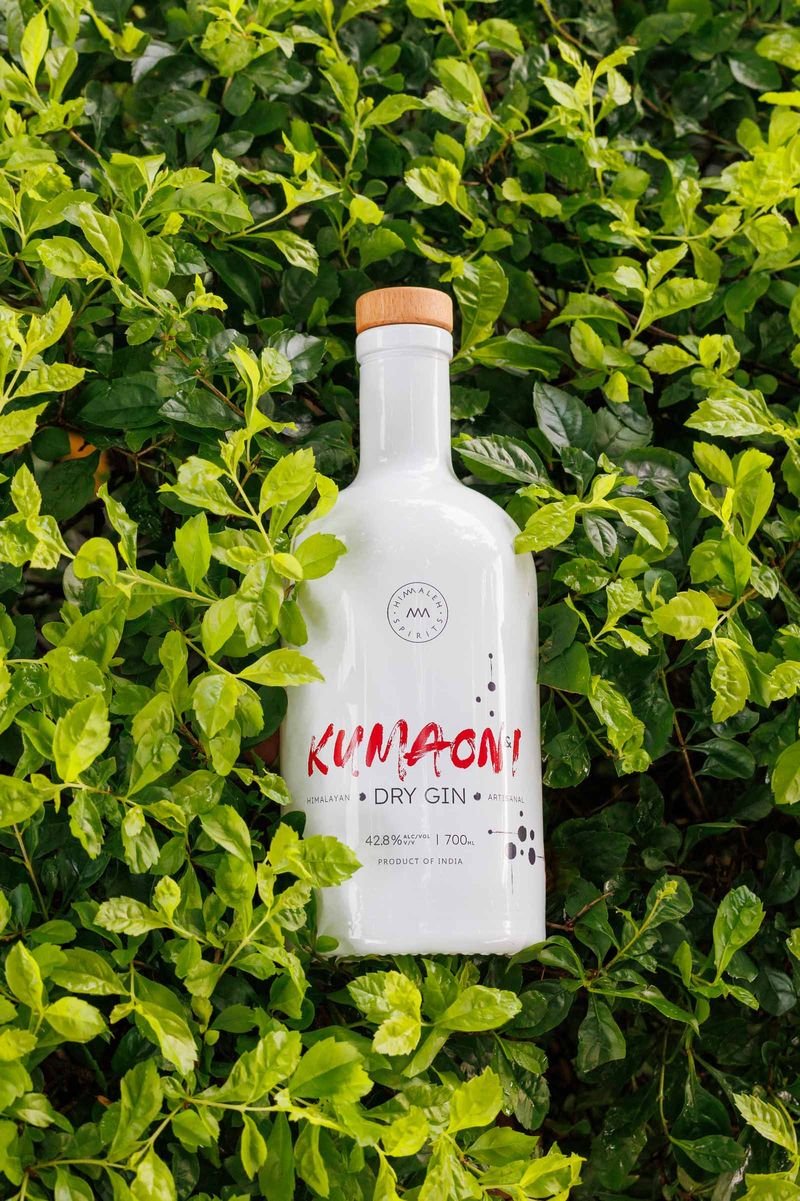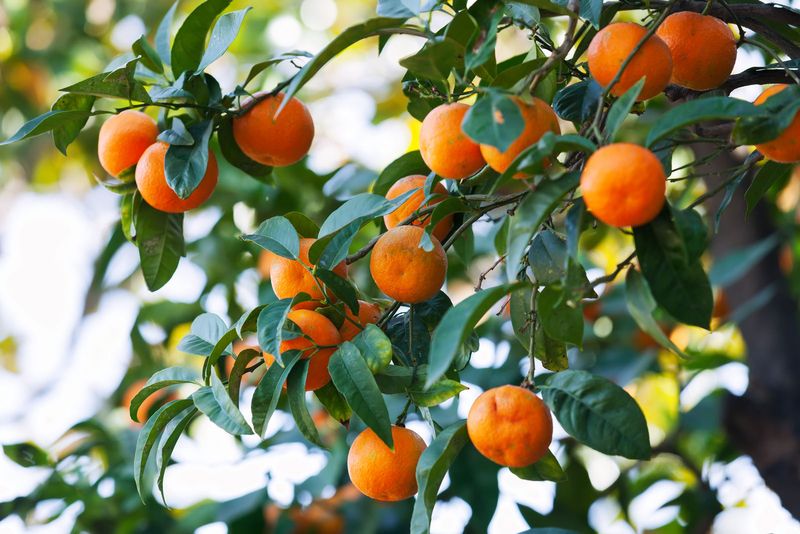A couple of years ago, on a trip to Nainital, as my car zoomed past deodar and pine trees, I rolled down the window to take a deep whiff of the cool forest air. Much recently, when I was in Uttarakhand again to visit the Himmaleh Spirits Distillery nestled in the Himalayan foothills, I was reminded of my visit to the Kumaon region all those years ago. Set up by Ansh Khanna and Samarth Prasad, the distillery’s first offering is a premium, provincial gin called Kumaon & I, which— for lack of a better term—can be described as Uttarakhand in a bottle.
“We founded Himmaleh Spirits with a vision to create provincial spirits. We are lucky to be in the Kumaon region which has an abundance of provincial produce, botanicals, flora and fauna. More than anything, the idea is to capture the region and that is the reason we call ourselves farm to bottle,” says Khanna, whose first brush with alcohol happened when he worked an entry-level job at a winery, doing everything from washing the tanks to bottling and distribution. “When it comes to wine, it is always about where it comes from and why it is made in a certain region. Our common philosophy here is to have the same attention to detail for all the ingredients, in the same way people make wine,” he adds.
For Prasad, who has done his hotel management from Switzerland, but has stayed for the most part in Uttarakhand itself, the focus is on a hyperlocal approach and the provinciality aspect of Himmaleh Spirits. “We really want to focus on the traceability aspect. Each botanical, each crop in our products can be traced back to its farmers and communities that have either grown or foraged it,” he shares.
A distillery with a view

A long dirt road, with green fields and the view of the far-off mountains on one side and a couple of buildings on another, leads to the distillery. You could be mistaken for thinking you have arrived at a fancy restaurant in the middle of nowhere, but India’s first traceable distillery–as they are calling it–is an impressive contemporary structure which blends metallic accents with wooden highlights. Locally sourced stones have been carved by artisans from the region for the walls.

Spread over four acres, the distillery also has a one-of-a-kind Hungarian copper still pot for the distillation process. The botanicals are macerated for a period of 16 hours after which the distillation process takes nine hours with another two weeks of resting period before it goes for bottling. There are tasting rooms as well as viewing decks inside the distillery for visitors and very soon, they will also be open for experiential tours and tasting sessions. Standing near one of the large windows of the distillery, I can almost imagine the stunning panoramic view it would offer of the distant mountains on a clear day. Today, however, is not that day.
Bring on the botanicals

Before we meet the botanicals, we meet the bottle! The unique design of the red and white 700 ml bottle with an ABV of 42.8% is indeed eye-catching; but there is more to it than just aesthetics. If the product inside captures the essence of Uttarakhand, then why shouldn’t the exterior of the bottle do justice to it as well? Drawing from the traditions and culture of Kumaon, the inspiration for the red and white colours of the bottle come from the local art form called Aipan, where rice paste is used to create patterns on wet ochre mud called geru. “The black dots represent the various communities we work with and the lines showcase the connections we have with the farmers,” says Khanna.

Lined up in front of me on a table are the 11 botanicals–tested out of hundreds that didn’t make it –that go into the making of Kumaon & I.

There’s Himalayan Juniper which lends a piney, forest feel to the gin; black turmeric for that rich concentration of flavour; walnut for a silky texture; the powerful thunair; black cardamom for smokiness; spicy coriander seeds; citrusy galgal; kinoo with its sweet undertone; kalmegh that adds oiliness; and rose to add delicacy and a sense of structure to the spirit.

To top it all, there is the hero botanical timur—a Szechuan pepper-like berry, which adds a spicy and umami taste to the gin, that lingers on the palate for just the right amount of time.
A taste of the region
Laying emphasis on the provinciality of the gin, Prasad reminds us that each of these botanicals has either been farmed or foraged from the Kumaon district of Uttarakhand. “Everything is handcrafted. Each botanical is layered in a way that you will get a different flavour profile. It is super complex but simple at the same time,” he adds.
At the end of the day, the proof is in the pudding or should we say, the genius is in the gin! After the mandatory see, swirl, and sniff–where I get a sweet, then spicy and a hint of juniper smell–I take a tiny sip and swirl it around my mouth slowly for a citrusy mouthfeel. On the second and third sips, there is the kick of peppercorn spice with a sweet aftertaste. On Khanna’s insistence, I cover the glass with my hand, give it a vigorous shake to agitate the spirit before removing my hand just a bit to breathe in the smell. This time, the aroma fills my nose and now when I take a sip of the liquid, it is spicy yet warm in a delicate sort of way. Although it’s great by itself on the rocks, adding tonic to it accelerates the timur furthering the spicy notes.
With a number of gins available in the Indian market today, each trying to one up with their distinct botanicals, Kumaon & I stands out for its provinciality and farm to bottle approach. The genius, definitely, is in the bottle.
The gin is currently available in Uttarakhand (Rs 2,700), Goa (Rs 2,896), Gurgaon (Rs 3,000) and Maharashtra (Rs 3,525).


_1700460870310_thumb_1200.jpeg?w=3840&q=75)